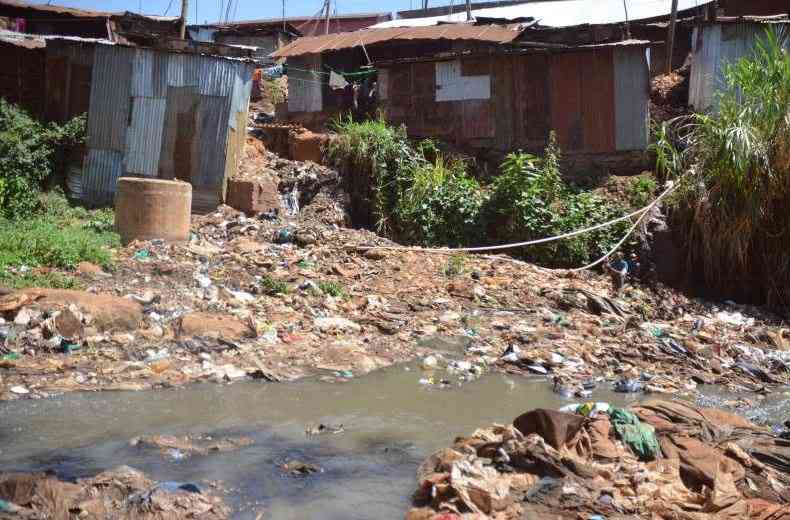Firms list key products with export potential
Business
By
Graham Kajilwa
| Apr 25, 2025

Halal processed foods, specialised tea and minerals are among the key items prioritised by manufacturers for exports in the Route to Market Strategy 2025-2027 that seeks to cement Kenya's footprint in global trade.
The strategy, drafted by the Kenya Association of Manufacturers (KAM) and launched by Industry Principal Secretary Dr Juma Mukhwana, names cereal and cereal products, horticulture, sea animal products and mineral resources as products with high current demand and Kenya's export potential.
The products with low demand and export potential are chemicals, machinery and electronic equipment.
Products whose current demand is medium and export potential is moderate include beverage, textile and apparel, wood paper, rubber and plastics, manufactured products, mineral, metals and associated products, processed food and animal feeds, skin, leather, leather products, and footwear, and vegetal products.
On minerals, the document proposes a focus on titanium, gold and gemstones, while on processed foods and animal products, the attention should be on Halal-certified processed foods, which is the same case with animal and animal products. "Focus on spatiality, teas, coffee and fruit juices," the KAM document says on export of beverages. The document advises that on horticulture, the focus should be on flowers, fruits and vegetables with certification.
READ MORE
How driver stole Sh1.4 million from former athlete's mobile phone
Exams kicks off under new anti-cheating measures
Why it is hard to differentiate between CBE and 8-4-4 system
Stakeholders warn of textbook crisis ahead of Grade 10 rollout
Shell Autocross sparks a new era for Kenyan motorsport
Bangladesh court detains army officers for landmark trial
Shooting of mourners confirms State does not value our lives
Pamoja Chan 2024 LOCs join in mourning Raila Odinga
How Gen Z uprising exposes cracks in Africa's security model
Explained: What Kenya's assumption of COMESA chairmanship means
KAM notes that the market for chemicals is limited due to regulatory barriers, while machinery and electronic equipment have limited export potential due to competition from China and India.
The Route to Market Strategy notes that structural challenges persist among exporters, which undermine competitiveness.
"Logistical inefficiencies, including exorbitant transport costs (accounting for 30-40 per cent of export values for perishable goods) and inadequate cold chain infrastructure, severely erode the profitability of high-potential sectors like horticulture and dairy," the strategy says.
KAM also lists delays at the Port of Mombasa as chronic, compounded by bureaucratic red tape at border crossings, which further exacerbate lead times and squeeze profit margins.
There are also non-tariff barriers that pose additional hurdles, with Kenyan exporters grappling with stringent European Union (EU) phytosanitary standards, complex certification processes for organic and fair-trade products, and misalignment between the Kenya Bureau of Standards protocols and global benchmarks.
KAM proposes the use of digital tools like data analytics to identify markets. The United States and the EU are key focuses for exporters.

